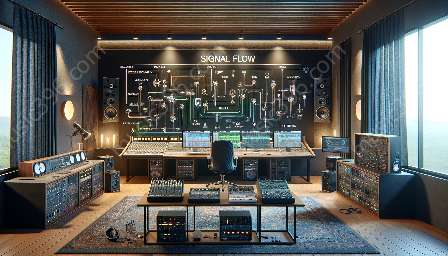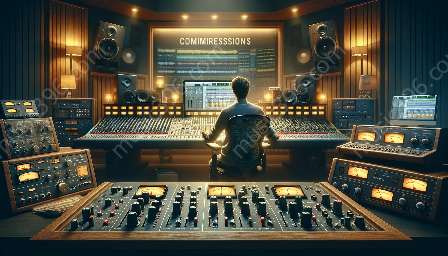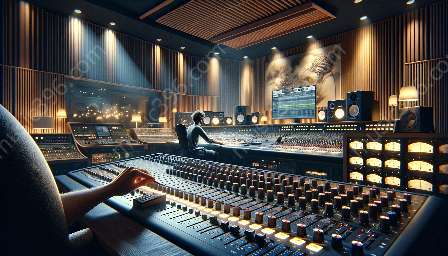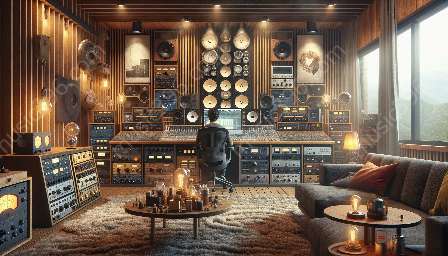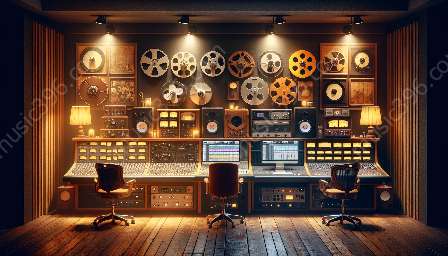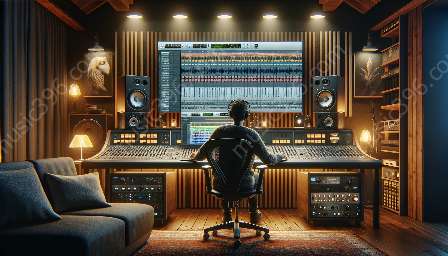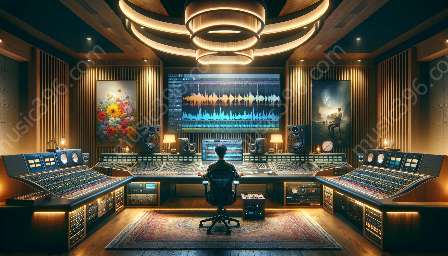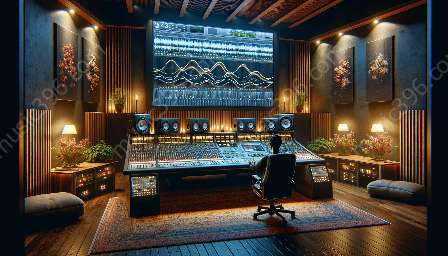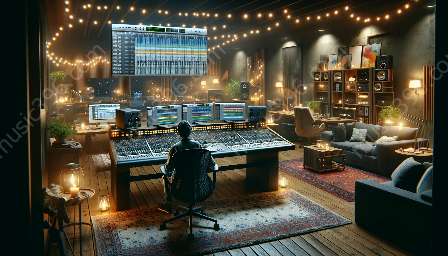When it comes to audio mixing and mastering, the choice between analog and digital noise reduction systems can have a significant impact on the final outcome. Understanding the differences between these two systems, as well as the various noise reduction techniques, is crucial for achieving high-quality audio production. Let's delve into the world of analog and digital noise reduction, exploring their features, capabilities, and application in the context of audio mixing and mastering.
Analog Noise Reduction Systems
Analog noise reduction systems were some of the earliest technologies designed to combat unwanted noise in audio recordings. These systems typically utilize analog signal processing techniques to reduce noise and improve the overall signal-to-noise ratio. One of the most well-known analog noise reduction systems is Dolby noise reduction, which was widely used in the production of analog audio recordings.
The key characteristic of analog noise reduction systems is their use of analog circuitry to process audio signals. This means that the incoming audio signal is manipulated in the analog domain, often through the use of specialized hardware devices such as compressors, expanders, and filters. Analog noise reduction systems are known for their warm, vintage sound and are favored by many audio professionals for their unique sonic characteristics.
Techniques in Analog Noise Reduction
Several techniques are commonly employed in analog noise reduction systems. One of the prominent methods is dynamic range compression, which involves reducing the amplitude of loud signals and subsequently amplifying the quieter signals, effectively reducing the overall dynamic range of the audio signal. This technique helps to minimize the impact of background noise and unwanted audio artifacts.
Additionally, analog noise reduction systems often incorporate frequency-dependent processing, allowing targeted reduction of noise in specific frequency bands. This can be achieved through the use of analog filters, which attenuate or boost certain frequency ranges to effectively reduce noise while preserving the desired audio content.
Digital Noise Reduction Systems
With the advancements in digital signal processing technology, digital noise reduction systems have become increasingly prevalent in audio production. These systems rely on digital algorithms to analyze and manipulate audio signals, offering a more flexible and precise approach to noise reduction. Unlike analog systems, digital noise reduction can be implemented through software applications or dedicated digital signal processing hardware.
Digital noise reduction systems are characterized by their ability to execute complex algorithms for noise analysis and suppression. This allows for more accurate identification and removal of specific types of noise, resulting in cleaner and more transparent audio recordings. Furthermore, digital systems can provide a wide range of adjustable parameters, offering greater control over the noise reduction process.
Techniques in Digital Noise Reduction
Digital noise reduction systems employ a variety of sophisticated techniques to address noise in audio signals. One common approach is spectral editing, which involves analyzing the frequency spectrum of the audio signal and selectively attenuating noise components in specific frequency bands. This technique can effectively target and remove unwanted noise without affecting the integrity of the desired audio content.
Another powerful technique used in digital noise reduction is adaptive filtering, where the system dynamically adjusts its noise reduction parameters based on the characteristics of the input audio signal. This adaptive approach allows for real-time response to varying noise levels and spectral characteristics, resulting in consistent and efficient noise reduction.
Noise Reduction in Audio Mixing & Mastering
When integrating noise reduction techniques into the audio mixing and mastering process, both analog and digital systems offer unique advantages. Analog systems are often prized for their character and ability to impart a warm, vintage sound to the audio, making them a popular choice for achieving a classic, nostalgic vibe in music production. On the other hand, digital systems provide precise control and advanced processing capabilities, allowing for more accurate noise reduction and transparent audio results.
It's important to note that the choice between analog and digital noise reduction systems ultimately depends on the specific requirements of each audio project. Some audio engineers and producers may prefer the tactile and tactile nature of analog hardware, while others may opt for the flexibility and precision offered by digital software solutions.
Ultimately, a combination of both analog and digital noise reduction techniques can be employed to harness the strengths of each system, catering to the unique sonic characteristics and production needs of different audio projects.
Conclusion
The differences between analog and digital noise reduction systems are significant, impacting the overall sonic quality and aesthetic of audio productions. While analog systems offer a warm, vintage sound and tactile hardware experience, digital systems provide precise control and advanced processing capabilities. By understanding the characteristics and techniques of both systems, audio professionals can effectively utilize noise reduction in the context of audio mixing and mastering, ultimately contributing to the creation of high-fidelity, noise-free audio recordings.



